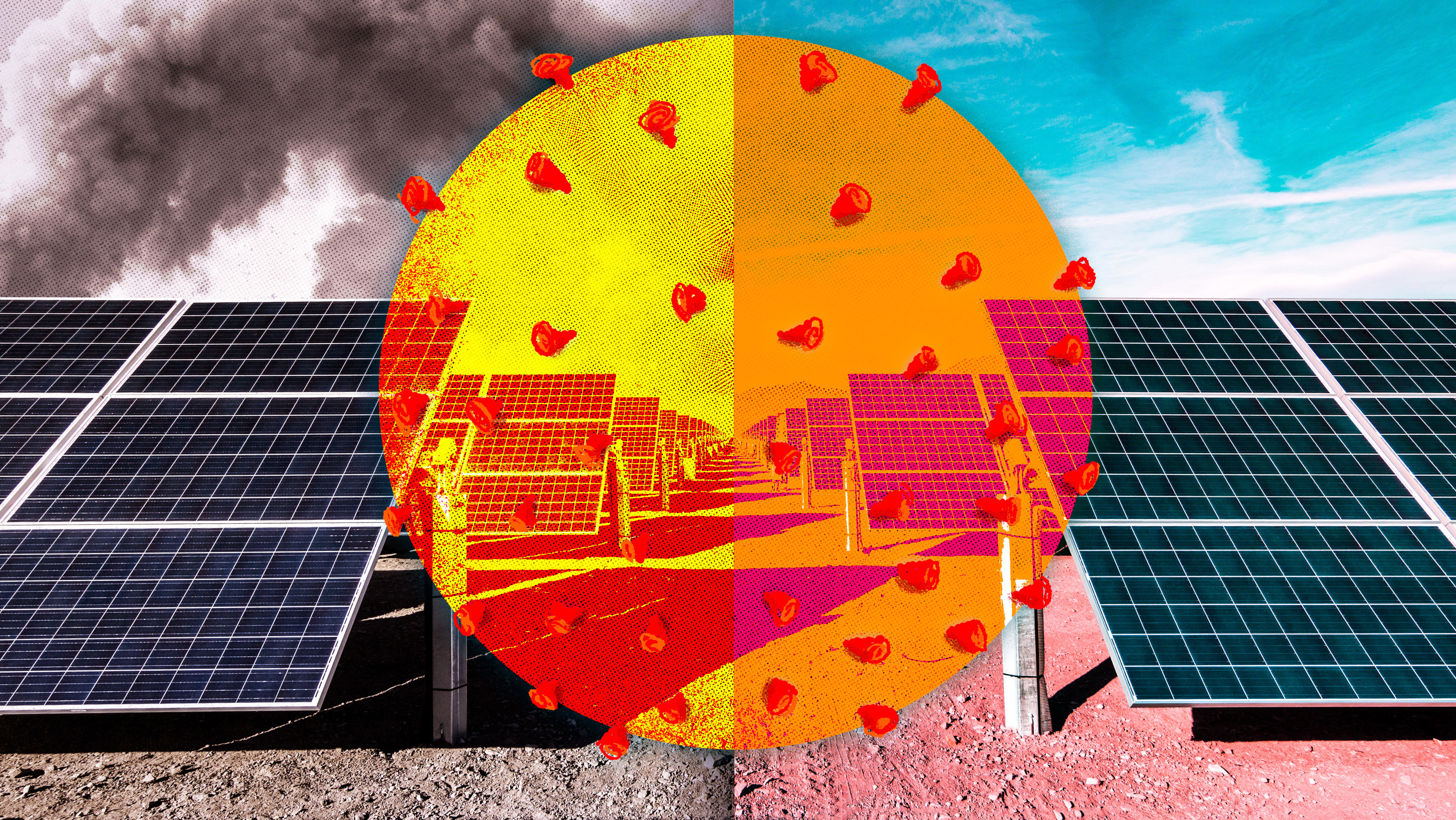As covid-19 brought travel and commerce to a standstill, air pollution cleared significantly enough to boost the performance of solar panels. In Delhi, one of the world’s smoggiest cities, output from solar installations increased more than 8%, according to a study by MIT mechanical engineer Tonio Buonassisi, former MIT research scientist Ian Marius Peters, and colleagues.
The study was an extension of research the team has been conducting in Delhi for several years. Using pollution data collected at the US embassy and meteorological data collected by monitors at the solar installations, they had concluded that pollution generally reduced output by about 10%.
To assess the pandemic’s impact, they compared the data from before and after India went into mandatory lockdown on March 24, and also compared this with data from the previous three years. Pollution was down by about 50% after the shutdown, they found, and total solar output increased by 8.3% in late March and 5.9% in April—three to four times the typical fluctuations.
Don’t settle for half the story.
Get paywall-free access to technology news for the here and now.
